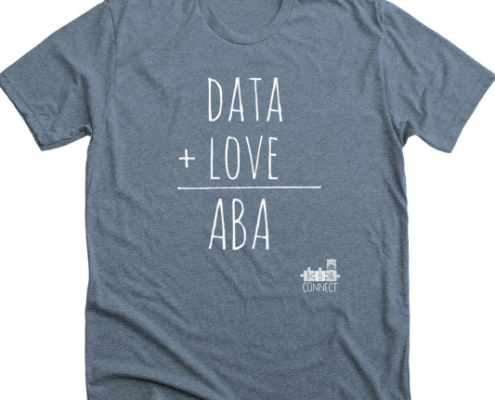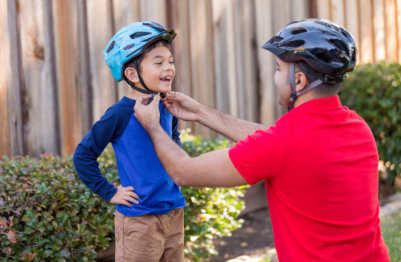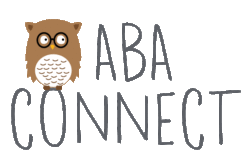
NCR: Noncontingent Reinforcement
Noncontingent Reinforcement Part 1: Overviewby Gabriel Gafner at ABA Connect
Noncontingent Reinforcement (NCR) is the presentation of a reinforcer, independent of the presence of a specific behavior. The learner receives reinforcement on…

T-Shirt for A Cause
This month we have created a fundraiser to contribute to a local Austin nonprofit group VELA. VELA helps families who have children with special needs by connecting them to community as well as providing educational support.
We are selling…

People in ABA
Robert Koegel and Laura Schreibman developed PRT (Pivotal Response Training). It targets self-initiation of the subject's preferred activities in a natural setting..
Fred S. Keller developed PSI (Personalized System of Instruction), a self-paced…

Stimulus Control: Salience, Masking and Overshadowing
Stimulus Salience refers to how obvious or prominent a stimulus is in a person's environment. If a person has visual deficits, then visual stimulus will not have as much salience as auditory stimulus, for example. In order to notice stimulus,…

Reinforcer Assessment
The quality / power of reinforcement can be determined with a reinforcer assessment. A variety of direct, data-based methods are used to present one or more stimuli contingent on a target response and then measuring the future effects on the…

Behavior
Behavior is movement of an organism through space and time. It must past the "dead man's test" which is to say, "if a dead man can do it, it isn't behavior." Behavior can only be done by a living organism and does not include movements due…

Token Economy
Response Cost: Is a negative punishment that involves taking back tokens that have been earned. It can be thought of as a fine for unwanted behavior which, hopefully, creates a decrease in the future possibility of this behavior occurring.
A…

Baseline Logic
Baseline logic looks at 3 dimensions of single-case design. These are : prediction, verification and replication.
Prediction: What do you think will happen in the future
Verification: Showing that the dependent variables (DVs) would not change…

Types of ABA Study Designs
Multiple baseline across participants is done by having multiple participants in the study and staggering when the intervention is applied. At first baseline data is taken on all participants, and then participants are given treatment over…

Behavior Intervention Plan (BIP)
Selecting interventions is based on:
what a behavioral assessment deems to be the problem behavior and its function as determined by data analysis
what the client needs in terms of a replacement behavior
the social significance of the…

Errorless Learning
Errorless learning is based on the idea that if a student is successful and has more opportunities to be successful and receive reinforcement, they are more likely to exhibit correct behaviors in the future. Skinner said "Errors are not necessary…

Behavioral Cusp
Cusp behaviors are chosen as goals when possible. They are behaviors that significantly expand a client's repertoire to new settings, new contingencies and new stimulus controls. Learning to read is a cusp behavior that gains access to a…
